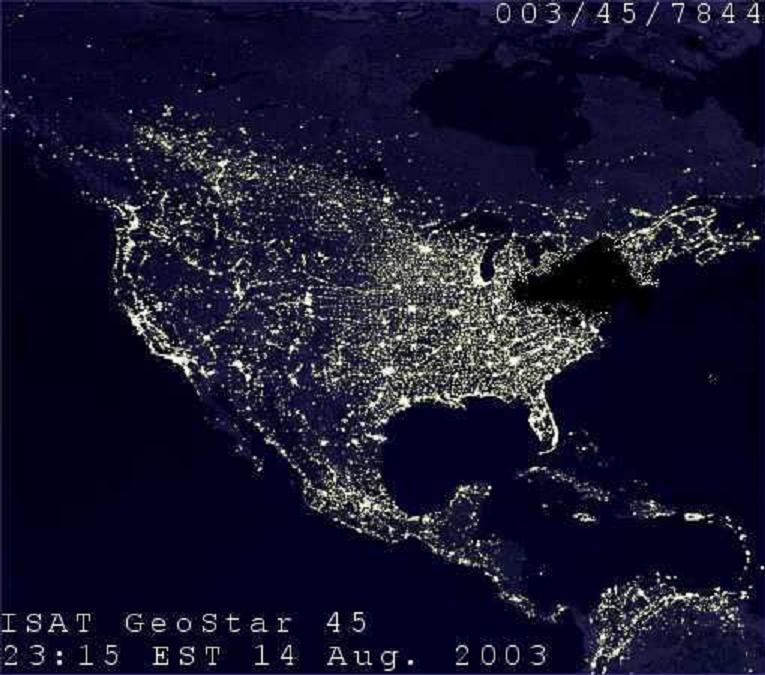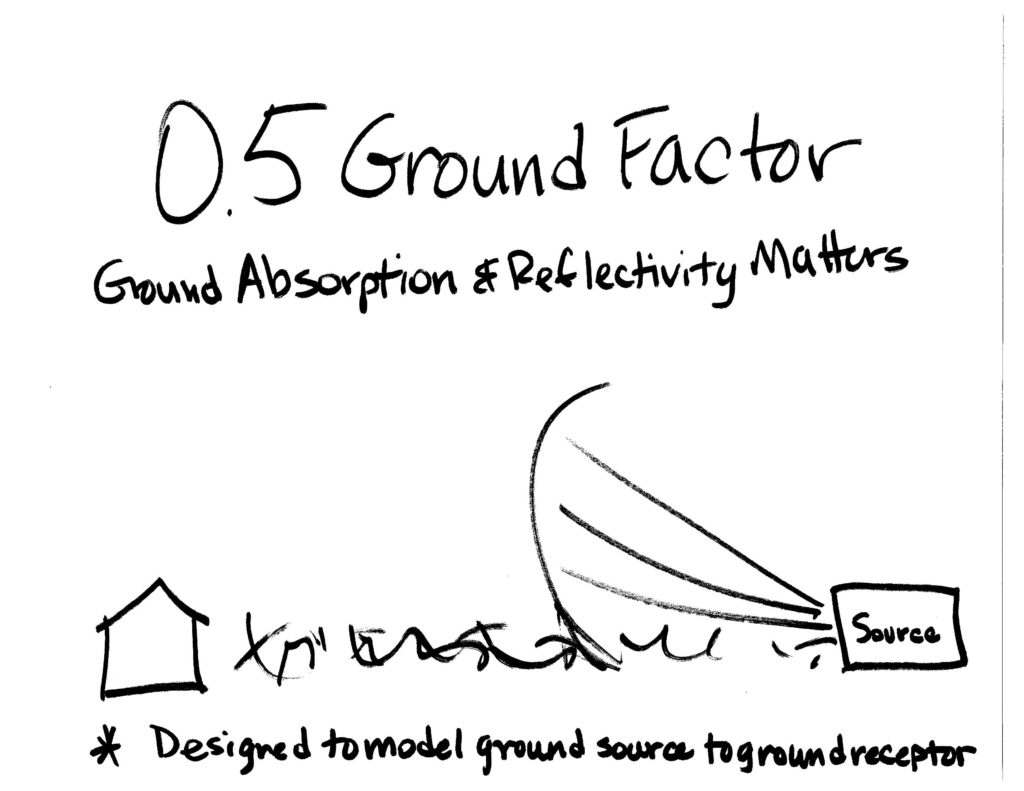PPSA Rebuttal time – due 1/28
December 27th, 2019

An odd notice came out today — an extension of the Power Plant Siting Act Annual Hearing comment period, “due to late-filed materials…”

Late filed materials??? Whatever could that be… SNORT!
Naaaah, more likely than not it’s the Comments I’ve filed in all the related wind dockets, plus the PPSA dockets, regarding “ground factor” an inappropriate use of anything but 0.0 as a ground factor:
That’s all about the many wind projects that are improperly using 0.5 and 0.7 ground factor. 0.0 is the only ground factor because the turbine is elevated, and from the source to the “receptor” it is a DIRECT hit! It’s really not hard to understand.

There are so many projects, ALL of the wind projects listed in this year’s Commerce-EERA handout for the PPSA:
These projects were all permitted using bogus noise modeling with GIGO input assumption of 0.5 or even 0.7 for ground factor!!! REALLY! These:

And these:

Guess somebody is wanting time to rebut! May it means we need a contested case, eh?!?! SNORT!
But then, even developer’s expert Mike Hankard agrees that 0.5 is not appropriate for an elevated source like a wind turbine:

It’ll be interesting to see what they have to say.
To look at the PPSA Annual Hearing docket go HERE and enter docket 19-18, using 19 (year number)- 18 (docket number).
Incidental “take” permits are history – 2 year anniversary
December 25th, 2019

That’s an eagle who’d been feasting on the carcass in the foreground as I drove across 110th in Freeborn County. There’s a nest off to the right (west) a bit that the Freeborn Wind developers and Dept. of Commerce don’t want to acknowledge. Wind projects are supposed to be a ways from eagle nests and foraging grounds.
A CNN article today raised this issue today, near the 2nd anniversary of a tRump administration “clarification” that stated that the Migratory Bird Treaty Act does not prohibit incidental takes.
From that CNN post:
According to emails obtained by the Times, when the Michigan Department of Natural resources emailed the U.S Fish & Wildlife Service seeking clarification if it could cut down trees, they were told “The recent M -Opinion also removes the prohibition to removing trees with active nests as long as the intent of the action is the cutting of the trees (in this case for timber harvest).” The agency did lay out potential ways to limit the damage done to the birds and nests, but noted those actions were “strictly voluntary.”
So it looks like taking down trees with nests in them would be OK for right-of-way clearing, or removing “hazard trees” by wind project?
Wind and transmission projects in this area often, if not always, have required eagle take permits (how many Decorah eagles died due to transmission lines? Four, I think!). But with the tRump administration “deconstructing the administrative state” at every turn, well, guess what was issued? Open season on migratory birds. It’s the 2 year anniversary of removal of protections:
From this memo
For the reasons explained below, this Memorandum finds that, consistent with the text, history, and purpose of the MBTA, the
statute’s prohibitions on pursuing, hunting, taking, capturing, killing, or attempting to do the same apply only to affirmative actions that have as their purpose the taking or killing of migratory birds, their nests, or their eggs.
Yes, you heard that right, as of December 22, 2017, federal policy, interpretation of the Migratory Bird Treaty Act, requires an take permit only for those activities that have the PURPOSE of “taking” a bird covered under the Act. So we won’t be seeing take permits required for wind and transmission projects.
And yet despite that policy turn around, he says things like this last week at “Turning Point.” He probably doesn’t even know that incidental takes are not an issue for wind projects:
But FYI, bird takes have dropped dramatically in technology changes since the days of the Altamont Pass small turbine bird blenderizers. With larger, slower blades, spaced further apart fewer birds die. But some do! Particularly an issue if turbines are installed in migratory pathways, or foraging areas. Hence the need for a take permit, for siting away from bird areas, an attempt to put a limit on kills. That bird kills have been lowered doesn’t mean there’s reason to eliminate the take permits, no reason to eliminate prohibitions. WHY?
Xcel 2019 Host Capacity Report
December 23rd, 2019

Red Wing has had a lot of outages in recent years, distribution for sure, not transmission. We’ve had intense storms, trees down, lines down, even one on our block that affected the rest of the block but not us up along West.
Utilities regularly cut maintenance and upgrades of distribution and transmission lines in a short-term short-sighted effort to save money. That’s a byproduct of deregulation — what caused the 2003 blackout across the eastern interconnect was utility failure to maintain transmission easements.

Distribution lines are the primary source of power outages, caused by something as simple as a car careening into a pole, or a tree falling on a line, and frequently squirrels in the substation (fried squirrels rate a category in outage reports). Distribution outages can also be caused by too much load on a distribution circuit, or lines aging beyond useful life, both of which can be addressed by reconductoring, putting in a new line and at the same time using a larger conductor for increased capacity. Substation modifications would also be necessary.
Utilities, well, Xcel Energy, has a habit of proposing transmission “solutions” for distribution issues, evident in the Hiawatha (CN-10-694 and TL-09-38) and Hollydale (CN-12-113 and TL-11-152) transmission line dockets. To look at dockets, go HERE and search using year number and docket number.
Xcel Energy filed its Biennial Transmission Projects Report. BUT it filed the Integrated Distribution Plan separately. It also filed the Hosting Capacity Report separately:
Initial Comments area due December 30, 2019, Reply Comments due January 17, 2020.
For comparison, 2017:
This is really important, because by looking at the substation and distribution capacity, it’s easy to tell if their “transmission” project proposals are indeed for transmission needs or distribution, something that should be used in siting, but which isn’t. It’s also easy to tell where the utilities are neglecting their duty on the distribution side. We’ve had a lot of distribution outages in Red Wing, particularly on the west side of town… once more with feeling, here’s the map:

Why all the red and orange?
From the 2019 Report (note the grey “TRADE SECRET” redactions – peak load is taken out:

Here are the details from the 2017 Hosting Capacity Report, nothing “redacted,” but the Peak for substation and that distribution circuit are not included:

Let’s take a close look at the Hiawatha and Hollydale transmission areas, Hiawatha (PUC Dockets CN-10-694 and TL-09-38) and Hollydale (PUC Dockets CN-12-113 and TL-11-152). Hiawatha transmission WAS BUILT, ostensibly to address reliability issues around Abbott Northwestern Hospital. Need wasn’t adequately challenged. Hiawatha transmission was built, underground, and look — but did it “solve” the distribution problems? Here’s a lot of yellow, orange and red nearby in areas ostensibly served by these substations!

And from a prior Legalectric post ((Hiawatha Project Comments due tomorrow October 25th, 2011):


And let’s look at Hollydale transmission area, which was ostensibly needed for the huge load along Hwy 55 and 694. Need was challenged and Hollydale was NOT built. The plan is to upgrade the distribution system, with larger transformers and higher capacity conductors. This shows that the 694 & 55 corridors are just fine, and that upgrade of the distribution system in Plymouth is exactly what is needed, and only what is needed:

And another old Legalectric post (Hollydale Xmsn Report at long last! June 7th, 2016) had these predictions, first state of distribution in 2016:

Prediction of system for 2036:

Note that you can see the 694 and Hwy 55 corridors, they’re yellow and orange for 2016 map, and yellow, orange, and red for 2036. Once more with feeling, in the 2019 Hosting Capacity map:

2019, the 694 and Hwy 55 corridors are GREEN, GREEN, GREEN, lots of space. Go figure.
Another issue, in the 2019 Hosting Capacity Report, as noted above, is that the details are deemed “TRADE SECRET.” WHAT?!?! WHY?!?!
Not OK. They’re withholding that information, and we’re only able to look and guess, and that’s pretty hard for people to do, even those of us mired in transmission.
It’s time to challenge that “TRADE SECRET” designation of the peak loads.
Improper Ground Factor – Why It Matters!
December 18th, 2019

This is really important! I learned, after perusing the PPSA handout from Commerce, that none of the wind projects permitted in 2019, and none of the wind projects currently in the permitting process, are using the proper ground factor of 0.0 for noise modeling. WHAT?
So I put this comment together and filed it:
Needless to say, the PUC had something to say about that… they extended the comment period for the PPSA Annual Hearing!
